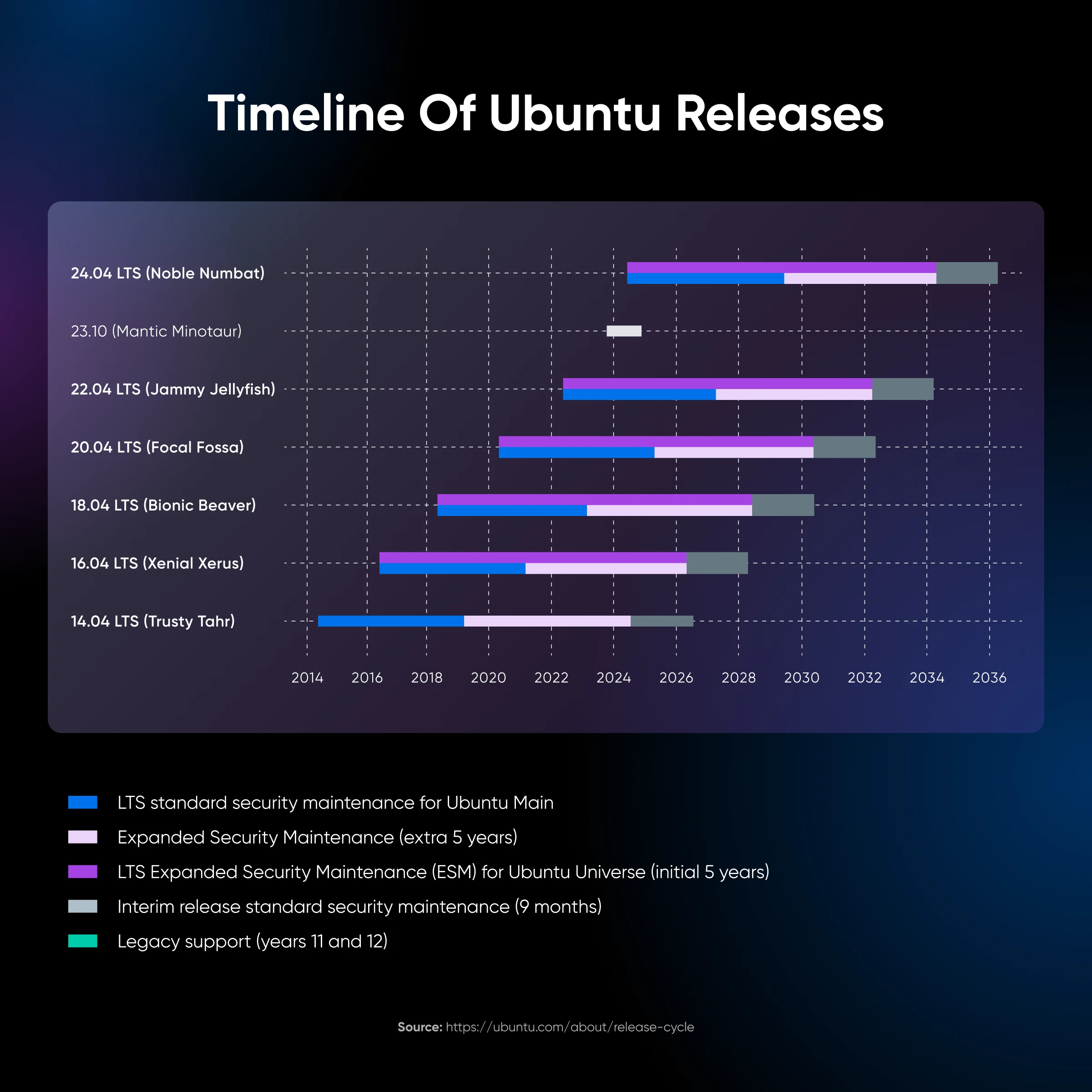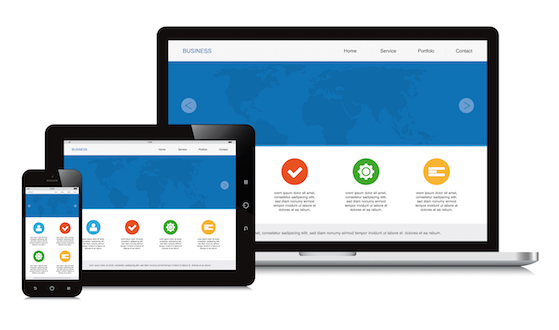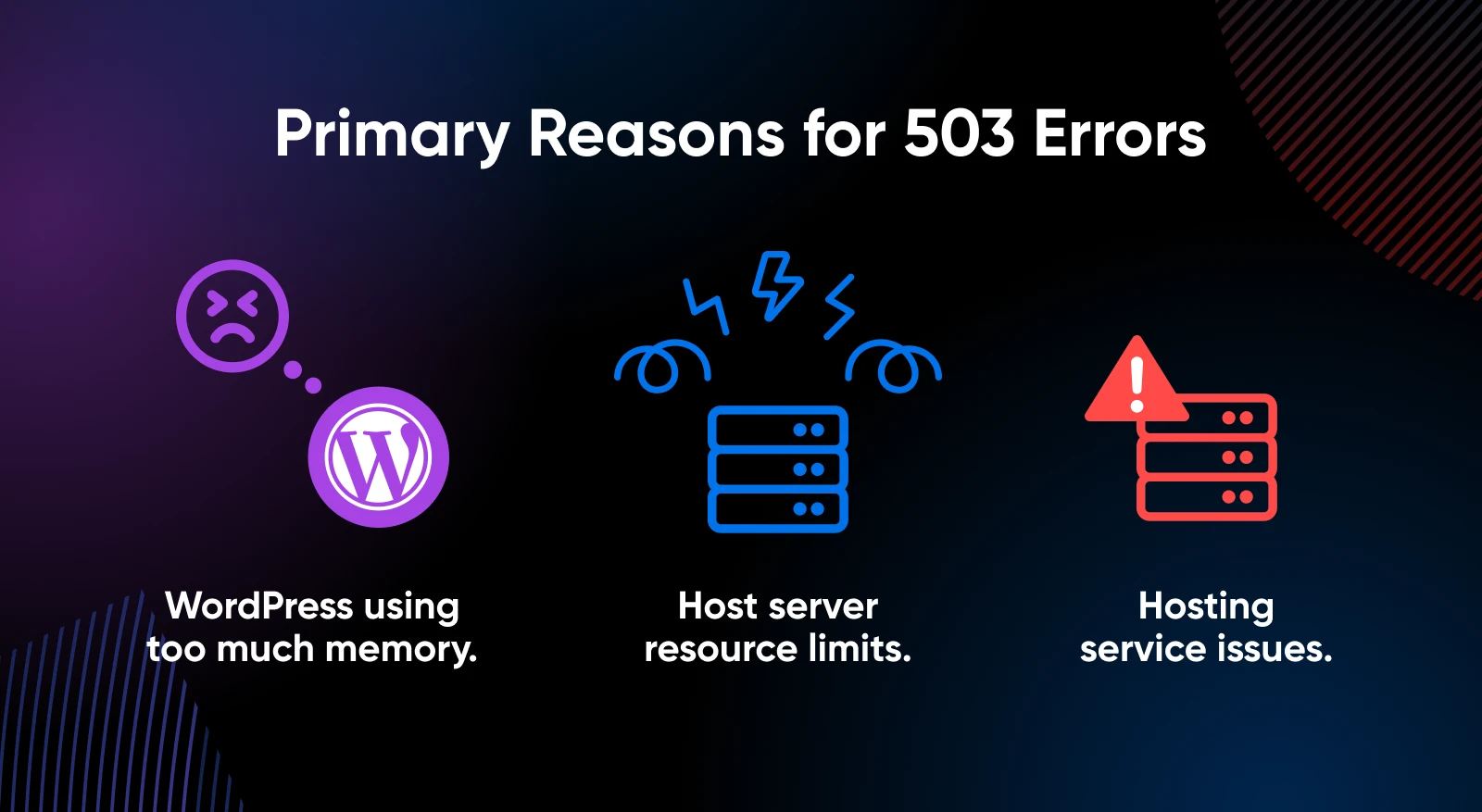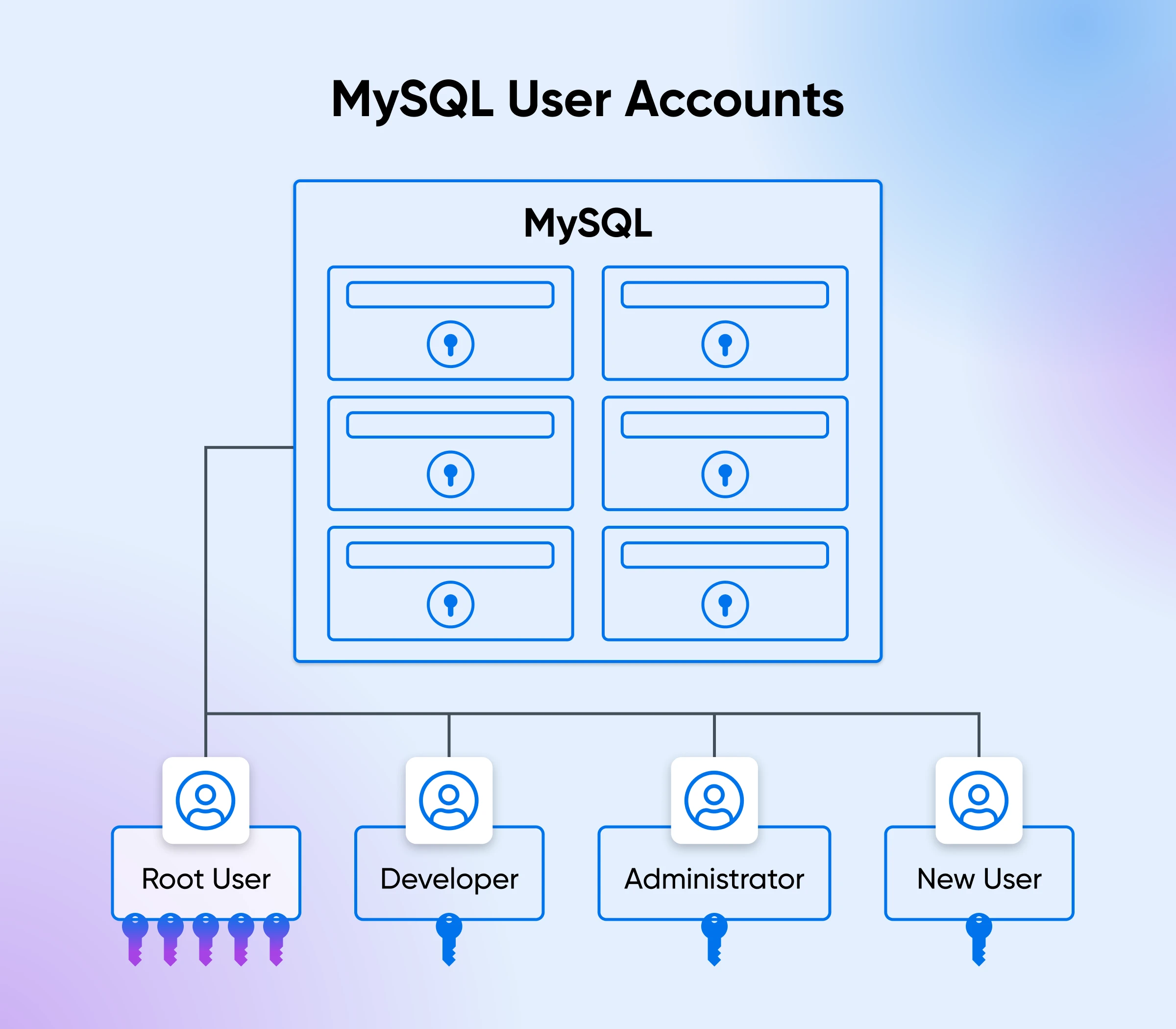Ever wanted to know which model of Linux you’re working with? Whether or not you’re troubleshooting a problem, making certain compatibility with particular software program, or planning a {hardware} improve, understanding your working system’s model might be essential. That is very true for Ubuntu customers, however these strategies can work for many Linux distributions.
This info might help you troubleshoot points, keep away from compatibility issues, and plan {hardware} upgrades. It might probably even enable you keep good safety.
In different phrases, checking your Linux model is essential when the necessity arises. Whether or not you’re making certain you may have the most recent replace or determining when you’re working an older model, you’ve come to the proper place.
On this concise information, we’ll present you tips on how to determine your Ubuntu model in minutes.
Let’s get began!
The Completely different Variations Of Ubuntu
Every model of Ubuntu is mainly an replace to the working system. New variations come alongside each six months on common, and each launch has its personal code title.
Listed here are some current examples:
- 24.04 LTS Noble Numbat
- 23.10 Mantic Minotaur
- 22.04 LTS Jammy Jellyfish
Not like another desktop working programs, Ubuntu is on the market in many various flavors, every providing one thing distinctive.
Nevertheless, these flavors are primarily totally different desktop environments wrapped across the similar Ubuntu base system. All of them share the identical Linux kernel and core working system.
This underlying system is what we have to examine to search out that all-important model quantity.
Why You Would possibly Want To Verify Your Ubuntu Model
“Remind me why I must know my Ubuntu model once more?”
We hear you.
There are a number of good causes to search for your model quantity.
Listed here are the highlights:
Checking Software program Compatibility
You may not have the ability to run new software program on older releases, and the identical goes for brand spanking new updates of present apps. A compatibility examine on the Ubuntu model of your system might help you keep away from any potential issues.
Safety Updates
New variations of Ubuntu typically search to patch safety weaknesses. For those who’re nervous a couple of particular vulnerability, you would possibly need to make sure you’re updated.
Troubleshooting Points
While you’re making an attempt to resolve issues in your system, it actually helps to know your Ubuntu model quantity. Some issues are particular to sure releases, so virtually each tech help particular person asks for this info.
Planning for Upgrades
For those who plan to replace your system, be sure to examine whether or not your system can really deal with the replace. There’s a chance that older gadgets might not meet the technical necessities for the most recent Ubuntu variations.
By the identical token, you would possibly must replace Ubuntu to harness newer {hardware} upgrades.
How To Discover Out Which Model Of Ubuntu You’re Utilizing
Sufficient with the idea. You’re most likely itching to get that model quantity by now.
Listed here are the very best strategies to examine your Ubuntu model by way of the command line and (graphical consumer interface) GUI — ranked from straightforward peasy to barely extra technical.
Methodology 1: Verify Your Model By way of The GUI Settings
Essentially the most user-friendly option to examine your Ubuntu model is thru the GUI:
- Within the Launcher, click on the little Settings gear icon
- On the left-hand aspect, you will notice a great deal of choices. Hit the one labeled Particulars
- After you click on, a brand new window ought to open
- On this window, scroll down till you see the About part, the place you must discover your Ubuntu model quantity
This route is ideal when you’re not assured with scripting and the Linux command line.
That mentioned, you will get the job performed a bit sooner by way of the Terminal.
Methodology 2: The lsb_release -a Command
One option to make use of the command line is thru the lsb_release command. This prints out helpful details about the Linux kernel model and Linux distribution you’re utilizing — on this case, Ubuntu.
Right here’s tips on how to use it:
- Launch Terminal utilizing Ctrl+Alt+T
- Kind within the following command:
lsb_release -a - Hit Enter
- The output ought to embrace the model quantity labeled as Launch
Methodology 3: The cat /and so forth/os-release Command
Quite than asking the Linux command line on your model quantity, you may merely question the recordsdata that maintain this info.
- Launch Terminal utilizing Ctrl+Alt+T
- Kind within the following command:
cat /and so forth/os-release - Hit Enter
- Terminal ought to output the contents of the os-release file
- You’ll discover the important thing information underneath the DISTRIB_RELEASE and DISTRIB_CODENAME variables
Methodology 4: Verify Your /and so forth/problem File
One other place the place info is saved is the /and so forth/problem file. We will name on this doc utilizing a easy command and get solely the Ubuntu model as a response.
- Launch Terminal utilizing Ctrl+Alt+T
- Kind within the following command:
cat /and so forth/problem - Hit Enter
- You must see a single line of textual content, itemizing your model quantity
Methodology 5: Use The hostnamectl Command
The hostnamectl command is designed that will help you change your system’s hostname. (That’s the identification of your system when it’s linked to a community.)
However we’re not fascinated with that immediately.
As a substitute, we’re going to make use of the command to disclose some key details about your system, together with the all-important Ubuntu model quantity.
- Launch Terminal utilizing Ctrl+Alt+T
- Kind within the following command:
hostnamectl - Hit Enter
- You must see a number of strains of knowledge, together with your Working System and Kernel variations
Ubuntu Model FAQs
Obtained extra questions? Beneath are a couple of of the most typical ones concerning Ubuntu releases:
How typically ought to I examine my Ubuntu model?
You don’t must examine your Ubuntu model except you’re updating to the subsequent model, upgrading your setup, or making an attempt to troubleshoot issues.
How can I improve my Ubuntu model?
You may improve by way of the Software program Updater software or by selecting the improve choice when Ubuntu notifies you a couple of new model.
What’s the distinction between LTS and non-LTS Ubuntu variations?
You might discover that some Ubuntu model codes embrace the acronym LTS. This stands for long-term help.
LTS variations of Ubuntu are launched each two years and are supported for 5 years from their launch date.
In distinction, non-LTS variations are launched each six months. They solely include 9 months of assured help.
If you need a secure surroundings for getting issues performed, LTS is perhaps the best way to go.
Nevertheless, you received’t get the most recent and most experimental options that seem in different variations.
Does checking my Ubuntu model require sudo privileges?
Nope. You should utilize the lsb_release, /and so forth/os-release, and GUI strategies talked about above with out sudo entry.
What are the Ubuntu launch naming conventions?
Every new model of Ubuntu is given a reputation to make it simpler to reference. These names comply with a easy format: adjective animal. For instance, the subsequent launch might be Oracular Oriole (24.10).
The primary letter of each phrases is often the identical, and every new model strikes to the subsequent letter within the alphabet. The animals and adjectives can typically be a bit obscure, however these codenames are undoubtedly memorable.
Along with the names, Ubuntu variations even have a numbering system that follows the format YY.MM, the place YY represents the 12 months and MM represents the month of the discharge. For example, Ubuntu 24.10 signifies a launch in October 2024. This numbering system helps customers shortly determine how outdated a specific launch is. The “minor” model will at all times be both .04 or .10 to symbolize the months during which new releases are put out into the wild.
Collectively, the codename and model quantity present a simple option to determine and reference particular Ubuntu releases.
Staying as much as Date
As you’ve seen, discovering out which model of Ubuntu is in your pc isn’t that onerous.
You simply must know the place to look, or which instructions to make use of. To recap, the important thing strategies are:
- Verify in your Settings by way of GUI
- Use the
lsb_release -acommand - Enter the
cat /and so forth/os-releasecommand - Ask for
cat /and so forth/problemin Terminal - Make use of the
hostnamectlcommand
Save this web page for future reference, and also you’ll by no means run into the identical drawback once more!
After all, software program updates don’t solely apply to desktop machines. Web site homeowners want to trace new variations and examine for upgrades on a regular basis.
For those who’re uninterested in chasing your tail, think about transferring your web site to DreamHost.
Our managed internet hosting plans maintain updates routinely, that means you don’t want to fret about model numbers. And with computerized every day backups, you may restore your web site to a earlier model with a few clicks.
Join immediately to make your life a bit simpler!
















